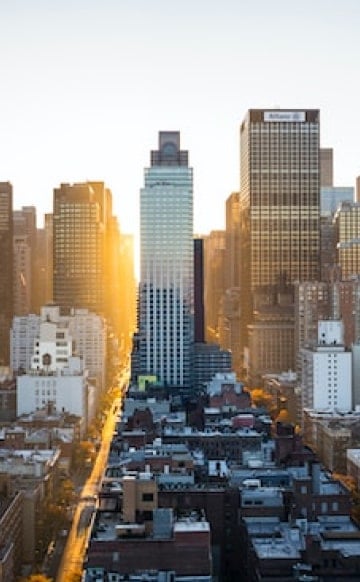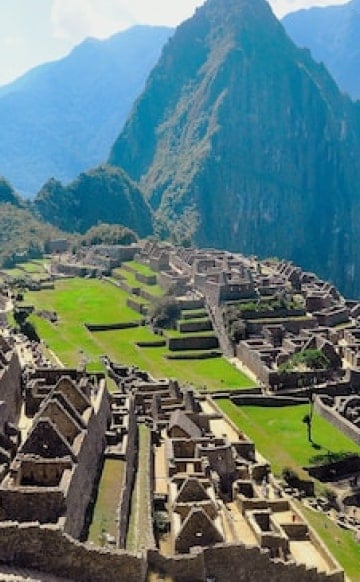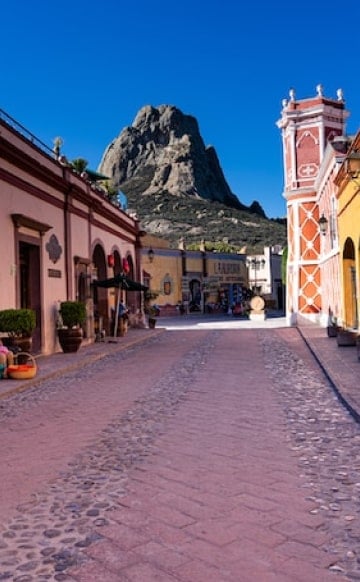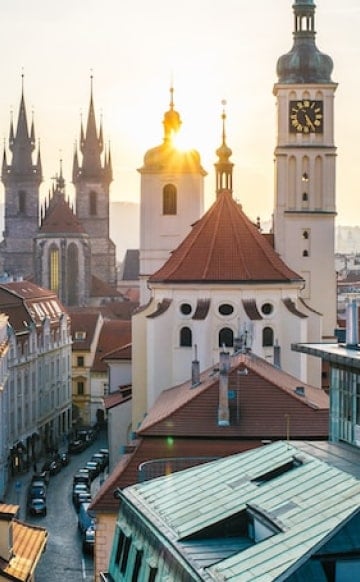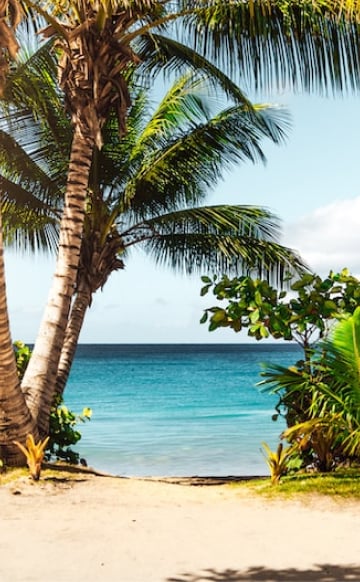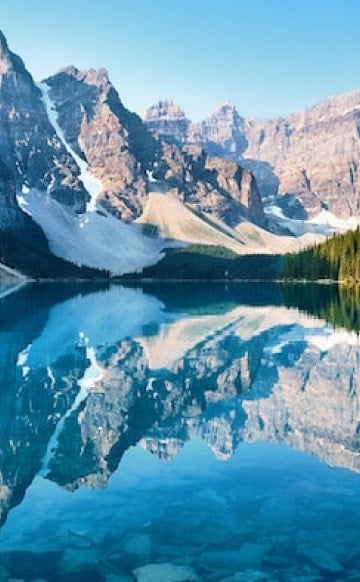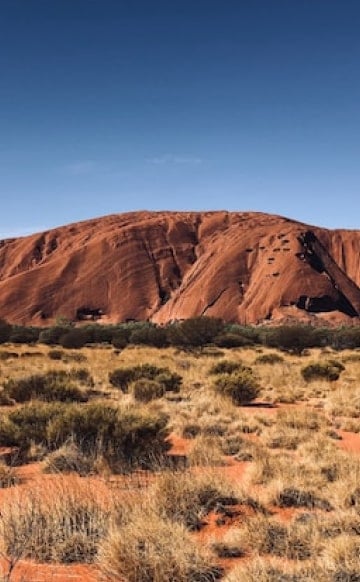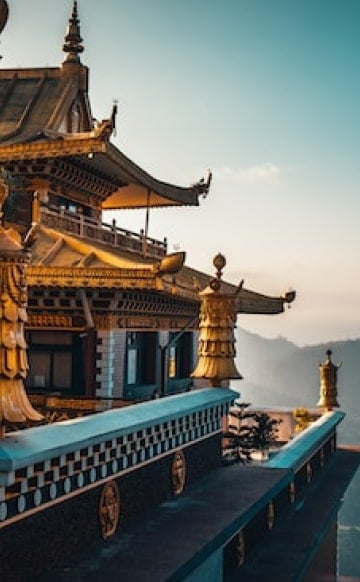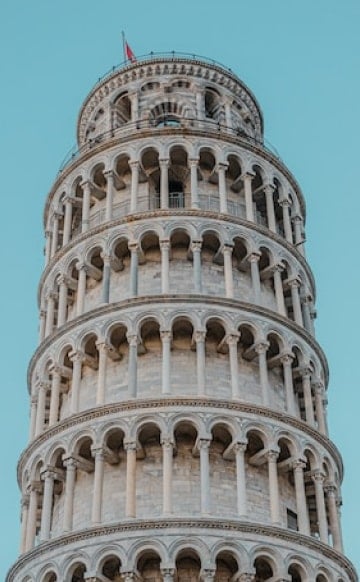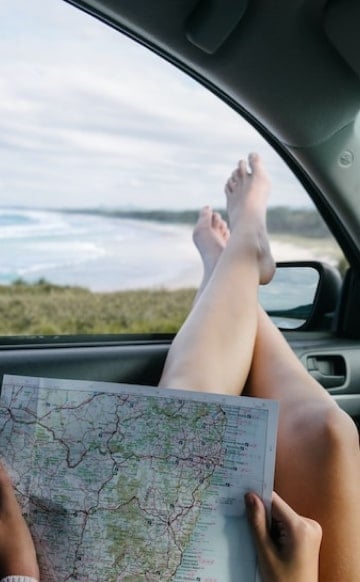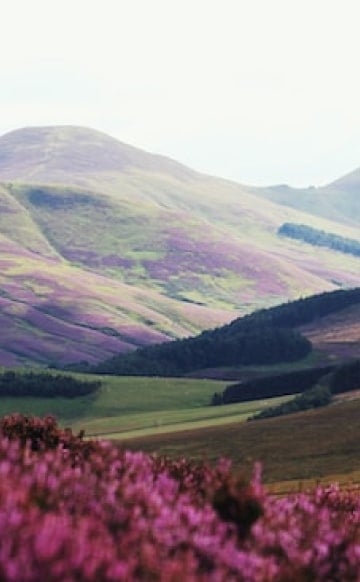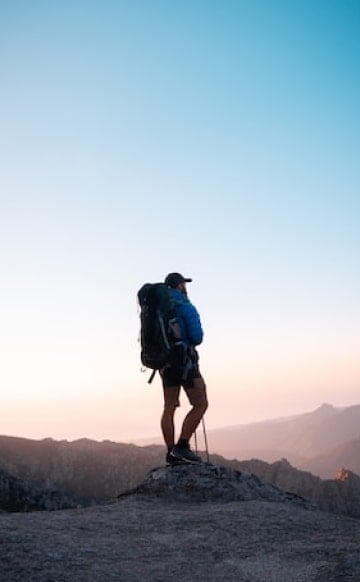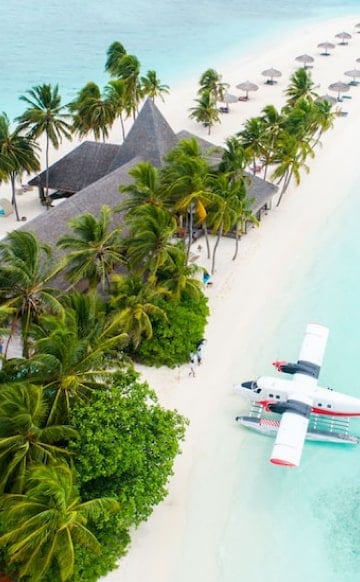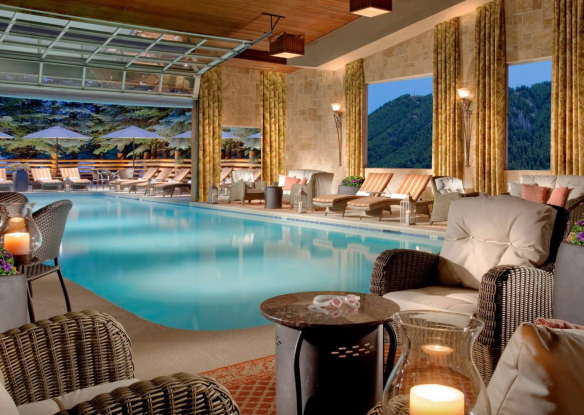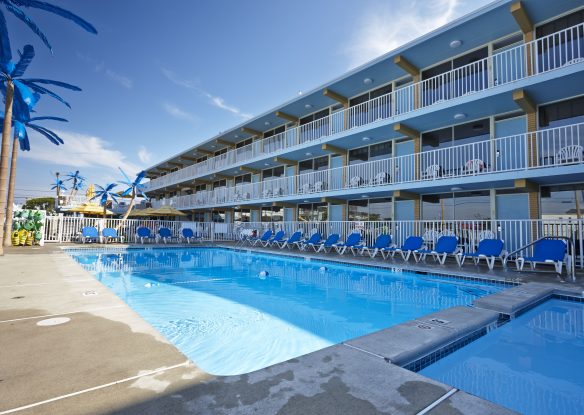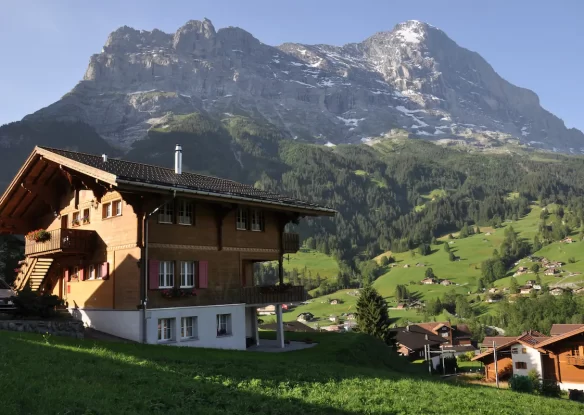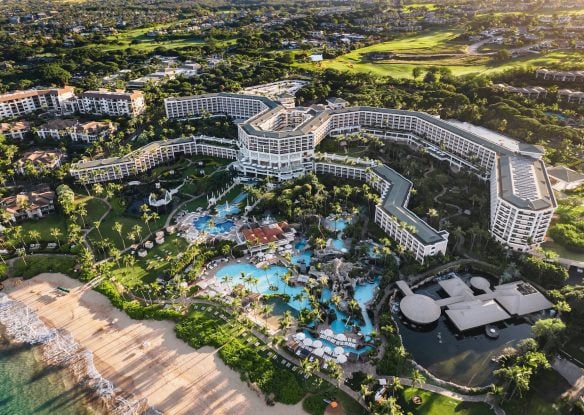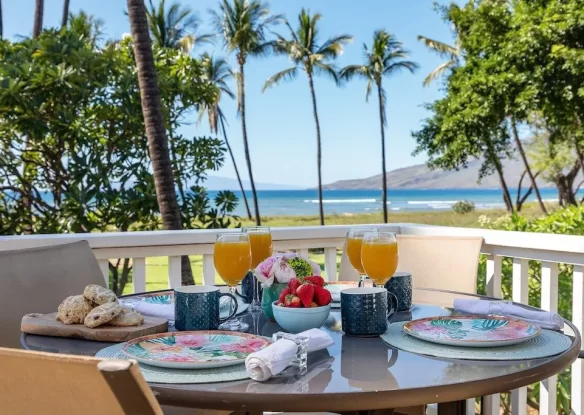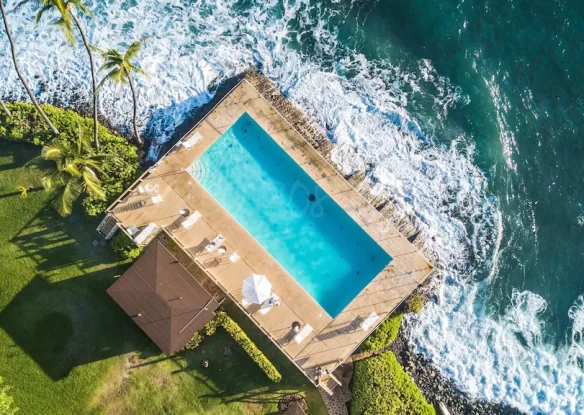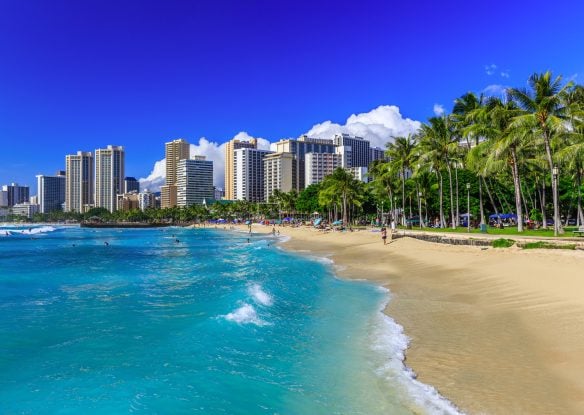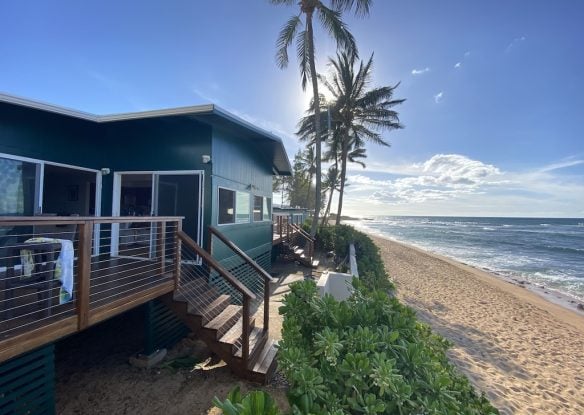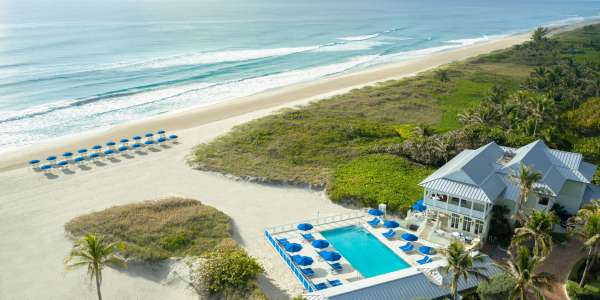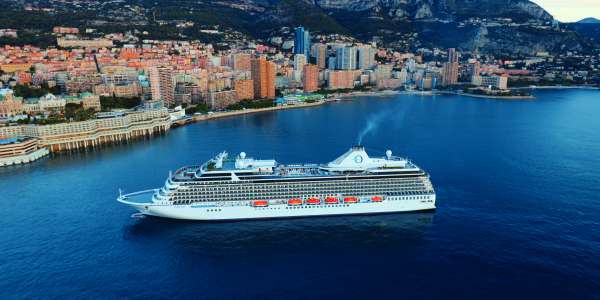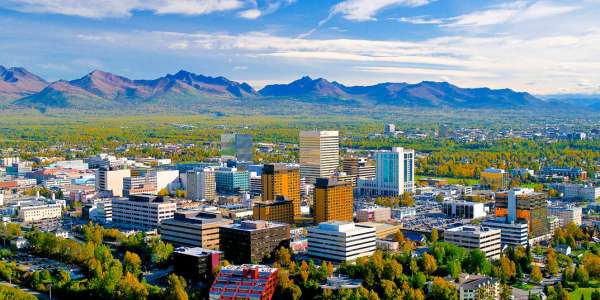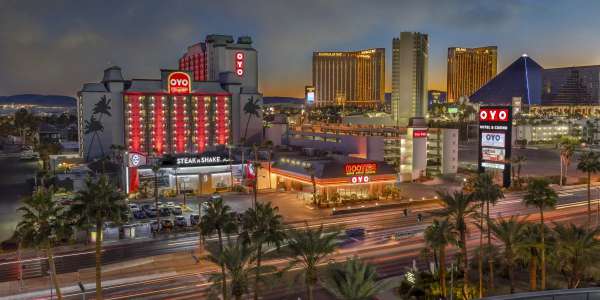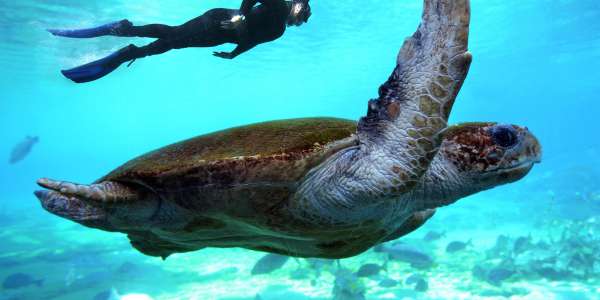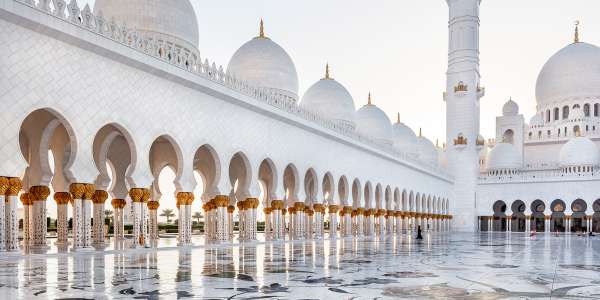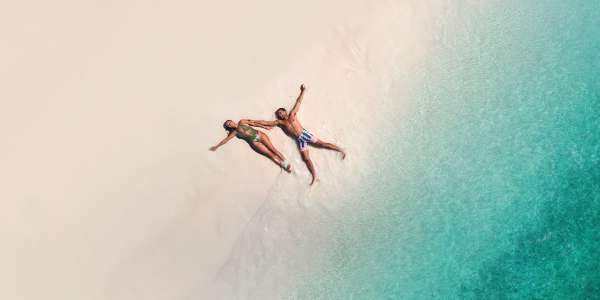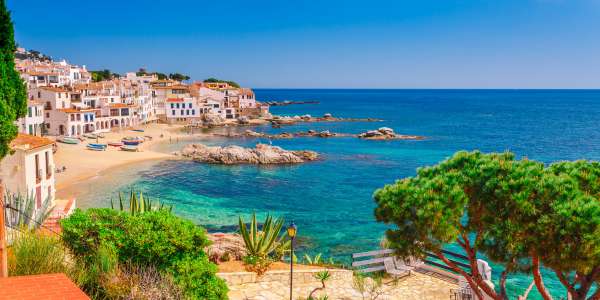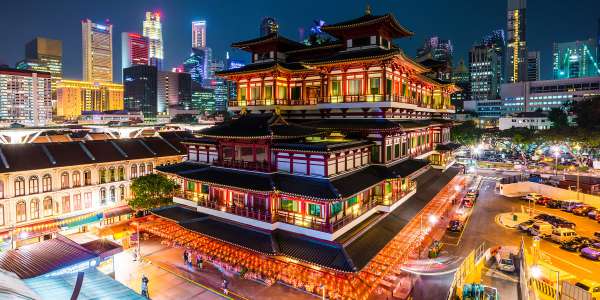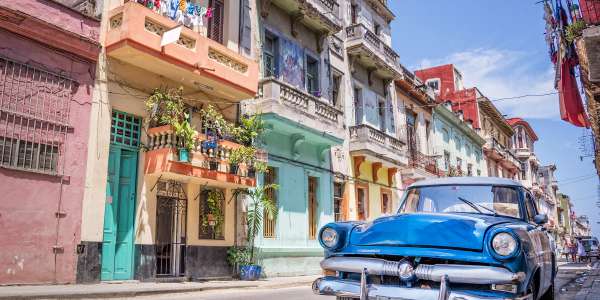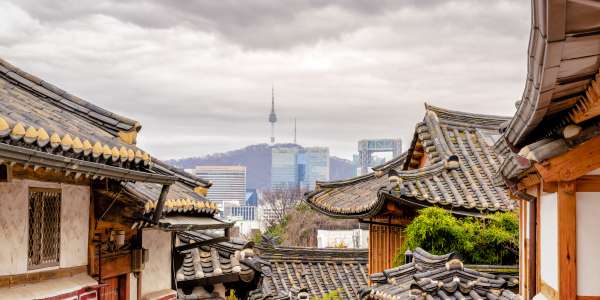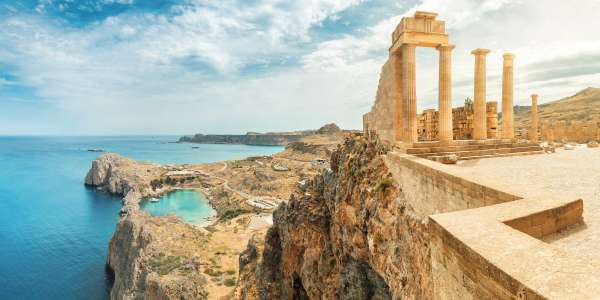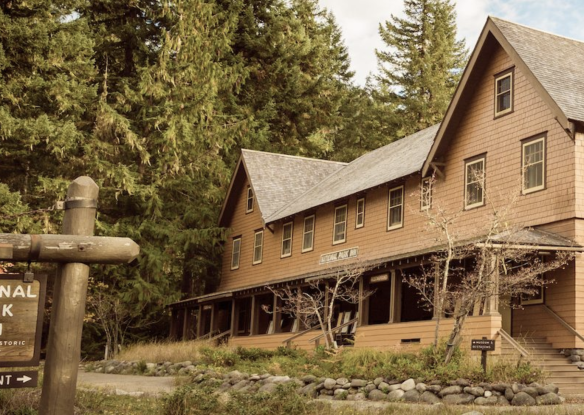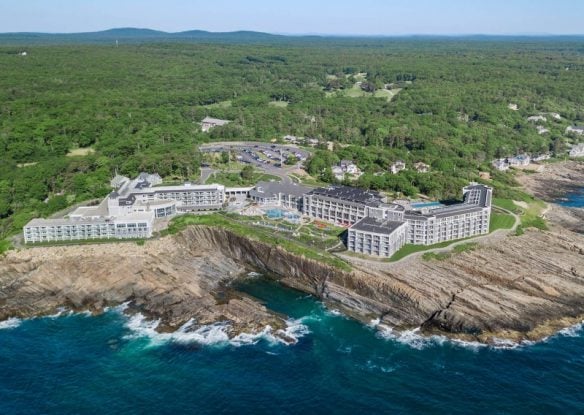Hawaii is a stunningly beautiful place filled with open spaces and natural landscapes just waiting to be explored. Many people spend their Hawaiian vacations lounging around exotic resorts and relaxing at the beach. But if you love nature and the environment, you can focus your trip on hiking, wildlife viewing, camping, and other types of active recreation in Hawaii’s parks. For inspiration, here are some of the best national and state parks in Hawaii for an outdoorsy experience.

Hawai‘i Volcanoes National Park, Hawaiʻi
Hawai‘i Volcanoes National Park has elevations at sea level up to 13,680 feet and is home to two of the most active volcanoes in the world: Kilauea and Mauna Loa. There are unique landscapes here that are important to the geology and culture of the state. You can spend time at this national park with a day hike, backcountry hiking across the 123,000 acres of designated wilderness, or going on a driving tour of the Crater Rim. The Chain of Craters Road Tour is another popular option in the park, as well as the Kahuku Unit, where you can learn about volcanoes and Hawaiian traditions. Hawai‘i Volcanoes National Park is 30 miles from Hilo on the island of Hawaiʻi. The entrance fee for a private vehicle is $30, and the pass is valid for seven days.

Nāpali Coast State Wilderness Park, Kauaʻi
One of the many state parks worth visiting in Hawaiʻi is the Nāpali Coast State Wilderness Park, which is known for its rugged coastlines, dramatic cliffs, narrow valleys, and flowing waterfalls. This park is accessible through Hāʻena SP, which requires advance reservations for entry. You can also book a camping permit to access the park, and camping can be reserved 90 days in advance. When you arrive, plan to hike the Kalalau Trail or go boating in the area.

Makena State Park, Maui
Located south of Wailea, Makena State Park spans 165 acres and has two beaches and a volcanic cinder cone in the middle of the park. Makena Beach is 1.5 miles long and 100 feet wide, while Puʻu Olai Beach is 660 feet long. Puʻu Olai Beach allows nude sunbathing and can get crowded. Activities to do in this park include swimming, snorkeling, and fishing. There are picnic tables here, as well as restrooms and a concession stand. However, there are no water fountains, so make sure to bring your own water.

Waimea Canyon State Park, Kaua'i
Operated by the Department of Land and Natural Resources in Hawaiʻi, Waimea Canyon State Park overlooks the deep and colorful Waimea Canyon, a top attraction in Kauai. When you visit this park, you can go for a scenic drive and pull over to admire the views of the canyon at lookout points. There are trails in the park (the Iliau Nature Loop and Kukui Trail), plus more strenuous hikes that go into and out of the canyon on the adjacent forest reserve land. Seasonal trout fishing is available, and pig and goat hunting are also options. There is no fee to enter for Hawaiian residents, but non-residents over the age of three must pay $5 to visit the park.

Diamond Head State Monument, Oʻahu
Diamond Head is one of the most popular destinations in Oʻahu, and you can visit this state park as a non-resident by making a reservation. The park is along the eastern edge of Waikiki’s coastline and is one of the most recognizable landmarks in Hawaii. The monument spans 475 acres and offers a historic hiking trail, coastal views, and lessons about military history. This crater formed about 300,000 years ago during an explosive eruption. The trail to the summit was built in 1908 and is a 0.8-mile hike that is strenuous and steep. There is an interpretative center and gift shop onsite, where you can start a self-guided audio tour. The entrance fee for non-residents is $5.

Kīholo State Park Reserve, Island of Hawaiʻi
On your vacation, come to the Kīholo State Park Reserve for a unique and remote camping experience. The park is undergoing planning for future public use but is available for camping on the weekends. The park offers wide-open spaces, historic lava flows, small bays, and a coastline with sparse vegetation. Camping for non-residents is $30 per night, and sites can be reserved up to 30 days in advance of your trip. To reach your campsite, you’ll need to travel along an unimproved, gravel-access road. There are portable toilets available but no water, so make sure to bring your own water supply.
2000 96740, 71-2000 Queen Ka'ahumanu Hwy, Kailua-Kona, HI 96740, USA— +1 808-695-4620

Pearl Harbor National Memorial, Oʻahu
At the Pearl Harbor National Monument, you can learn about one of the most significant events in American history because the attack on Pearl Harbor led to the U.S. entering World War II. One of the most popular things to do in the park is visit the USS Arizona Memorial, which involves a boat tour that runs daily, every 15 minutes and lasts about 45 minutes. At this popular Honolulu attraction, there is a museum and film to watch here to learn more about the USS Arizona. Another option is to see the USS Oklahoma and USS Utah memorials on Ford Island. These are less-visited sites that involve a 90-minute, round-trip guided tour. An average of 4,000 visitors per day visit Pearl Harbor.
1 Arizona Memorial Pl, Honolulu, HI 96818, USA— +1 808-422-3399

Haleakalā National Park, Maui
When you visit Maui, plan to visit Haleakalā National Park to learn about the connection between the land and the people who live here. This park offers volcanic landscapes, a sub-tropical rain forest, and endangered species that exist nowhere else on Earth. One of the best experiences you can have here is to visit at sunrise, which requires making an advance reservation between 3am and 7am. There’s the Summit District for hiking and viewing the sunrise and also the Kīpahulu District for camping, drive-up camping, and ranger programs. The per-vehicle entrance fee to the park is $30.

Ka‘ena Point State Park, Oʻahu
Ka‘ena Point State Park is remote and wild, with hiking, picnicking, and fishing opportunities. It is located at the northwest corner of the island and has two sections: the Ka‘ena Point Mokuleʻia Section on the north shore of Oʻahu and the Ka‘ena Point Keawa’ula Section on the west side of Oahu. At this park, you can enjoy the large, sandy beach with swimming during calm summer conditions and bodysurfing and board-surfing at other times. Hike the 2.7-mile, one-way route along the volcanic coast for ocean and mountain views as you observe marine animals. You will need to obtain a special use permit to drive into the reserve.

Puʻukoholā Heiau National Historic Park, Hawaiʻi
Puʻukoholā Heiau National Historic Park is a historic place where you can walk in the footsteps of a Hawaiian king and learn about fascinating stories. This park is a symbol of unification and lasting peace in Hawaiʻi today. You can join a ranger talk or tour, as presentations and tours are usually offered daily. There are also some great outdoor opportunities here, including hiking the half-mile loop trail and further on to Mau’umae Beach and Hapuna Beach. Shark, whale, and dolphin-watching opportunities are available here, as well as bird-watching and special cultural demonstrations. Camping, swimming, and picnicking are available at nearby Spencer County Beach Park.

Ahupuaʻa ʻO Kahana State Park, Oʻahu
At Ahupuaʻa ʻO Kahana State Park, you can enjoy an unspoiled valley and spend time by the mountains and sea. It is 26 miles from Honolulu and encompasses approximately 5,300 acres of land. During your visit, you can learn about how this area was a thriving farming and fishing community before the western settlement. There are approximately 31 families living here today that assist with the interpretive programs of the park. You can hike on the two trails with no permits required. Kapa’ele’ele Ko’a Keaniani Lookout Trail is one mile long, and Nakoa Trail is 2.5 miles long. There are no entrance fees for the park, and camping is available for $20 per night for residents and $30 for non-residents.
52-222 Kamehameha Hwy, Kaaawa, HI 96730, USA— +1 808-237-7766

Kalaupapa National Historical Park, Molokaʻi
The history behind Kalaupapa National Historical Park is linked to the time when leprosy was first introduced to the Hawaiian islands, and the affected people were sent to the isolated Kalaupapa Peninsula on Molokai’s north shore. During your visit, you’ll learn how over 8,000 people died here since 1886. Today, the area is home to some remaining residents who are healthy now but have a family history of living in isolation. In addition to history, you can learn about threatened and endangered species that live here. You must get a free permit before entering this park, which can be secured through two guided tour companies. You must be at least 16 years old to visit the park, and there are no shopping or dining facilities onsite. Be aware that the 3.5-mile trail to the park is steep, uneven, and challenging.

Kaloko-Honokohau National Historical Park, Hawaiʻi
Another park that is part of the National Park System is Kaloko-Honokōhau National Historical Park, a culturally and spiritually significant place that is beloved among local residents and tourists. This is a great place to come for cultural learning, hiking, bird-watching, snorkeling, and photography. The park is very busy during the months of June, July, and August. Weddings are also popular in this park. It’s on the west coast of the island of Hawaiʻi and about three miles south of the Keahole International Airport. There are no entrance fees required to visit this park.

Puʻu O Mahuka Heiau State Historic Site, Oʻahu
Picnicking, sunbathing, bodysurfing, and hiking are available for visitors who travel to the Hāpuna Beach State Recreation Area. The coastal trail is a popular destination, while lodging is available in four-person, A-frame shelters. Be mindful of dangerous rip currents and shore breaks that occur here during high surf periods. The entrance fee for non-residents is $5 per person, and the parking fee is $10 per vehicle.
59-818 Kamehameha Hwy #96712, Haleiwa, HI 96712, USA— +1 808-587-0300
